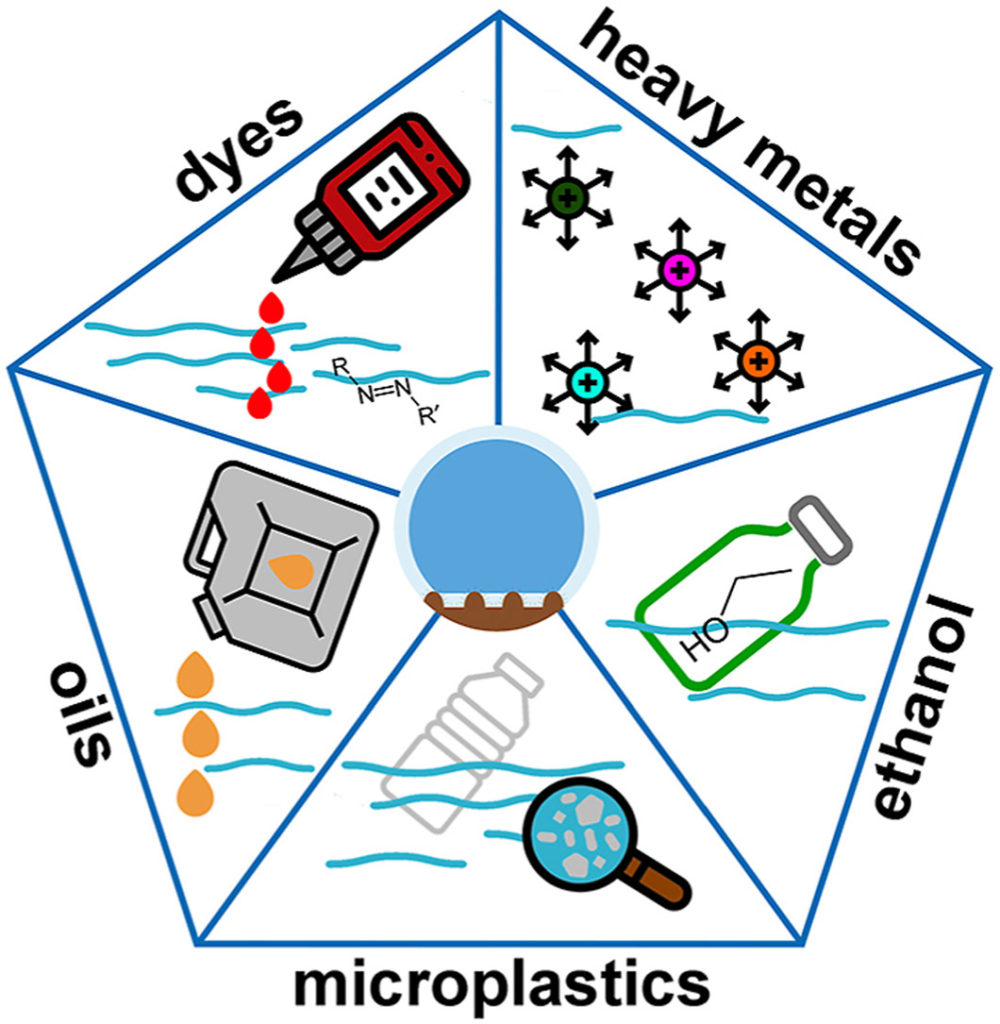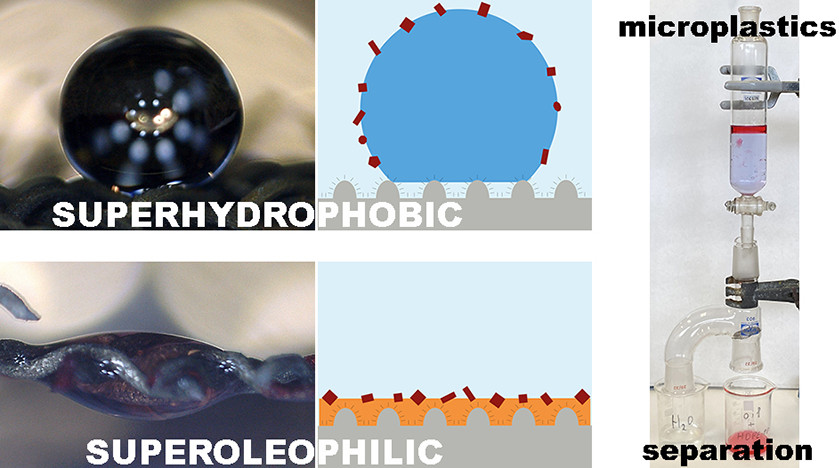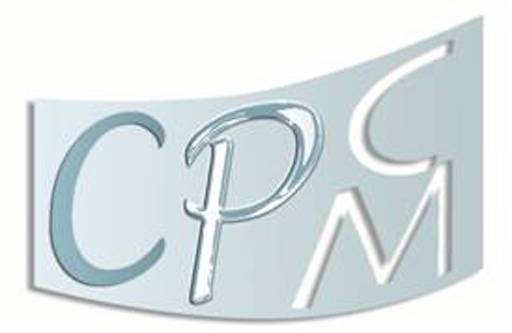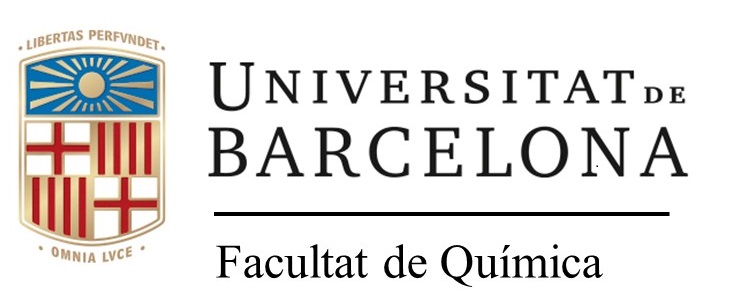Recentment el grup ha publicat un review a la revista Chemosphere. Aquesta revisió mostra com els materials superhidrofòbics poden eliminar una gran varietat de contaminants emergents com ara els olis, metalls pesants, colorants, alcohols o bé microplàstics.
A continuació podeu llegir el resum de l’article o bé consultar-lo a la web.
A wide variety of pollutants can be currently found in water that are extremely difficult to remove due to their chemical composition and properties. A lot of effort has been made to tackle this issue that directly affects the environment. In this scenario, superhydrophobic surfaces, which have a water contact angle >150°, have emerged as an innovative technology that could be applied in different ways. Their environmental applications show promise in removing emerging pollutants from water. While the number of publications on superhydrophobic materials has remained largely unchanged since 2019, the number of articles on the environmental applications of superhydrophobic surfaces is still rising, corroborating the interest in this area. Herein, we briefly present the basis of superhydrophobicity and show the different materials that have been used to remove pollutants from water. We have identified five types of emerging pollutants that are efficiently removed by superhydrophobic materials: oils, microplastics, dyes, heavy metals, and ethanol. Finally, the future challenges of these applications are also discussed, considering the state of the art of the environmental applications of superhydrophobic materials.








